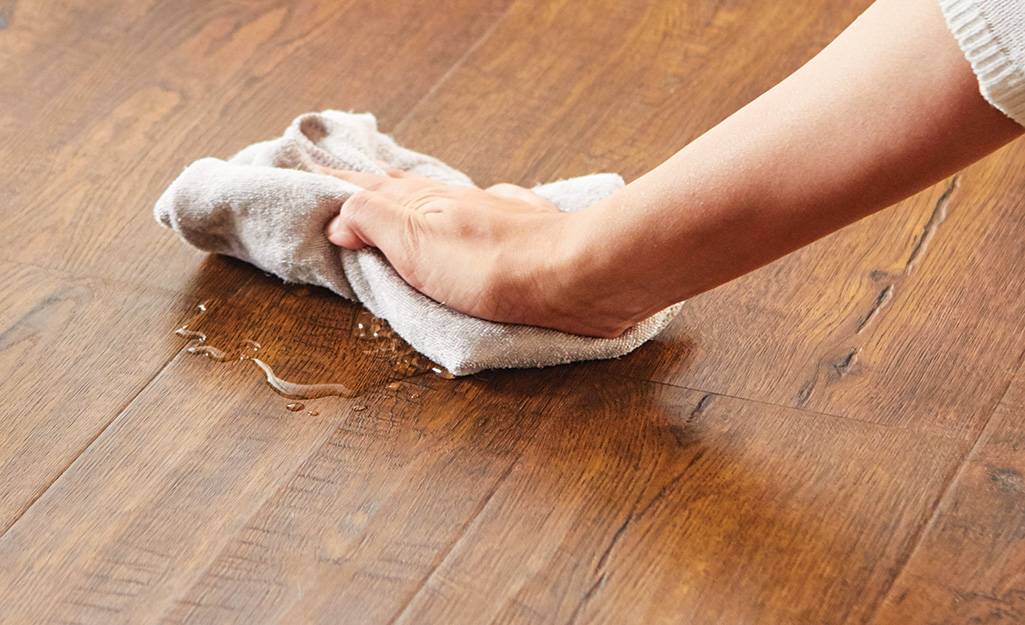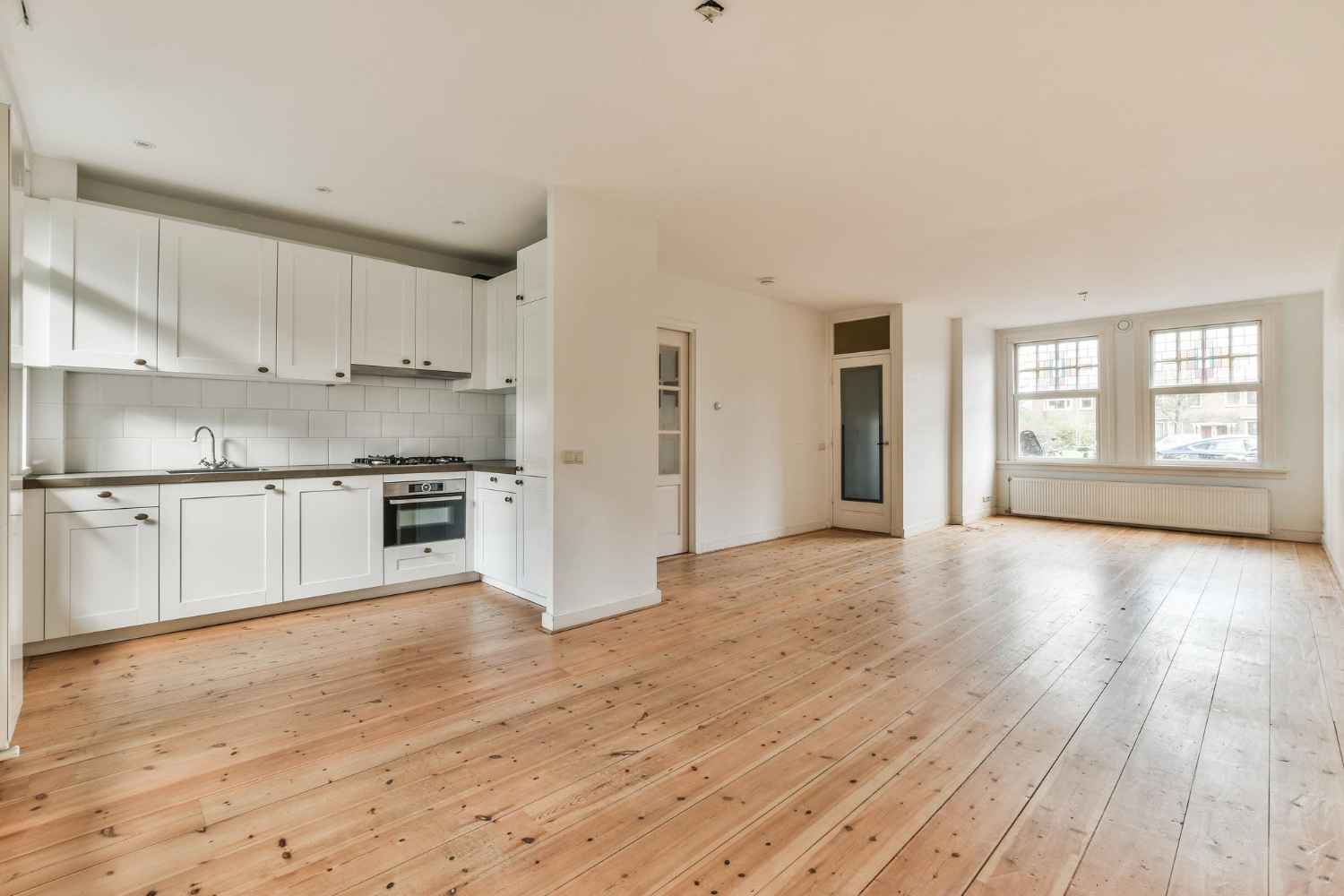
Order by phone 0121 433 3389
- FREE Samples
- Lowest Price
- Fast Delivery

Order by phone 0121 433 3389
All Carpets include FREE Fitting & FREE Delivery : Prices start from £3.99 m2

Wood floor staining refers to applying pigmented finishes to your wood floor, which changes its colour. Staining also enhances the texture and natural grain of timber. It changes the appearance and adds a protection layer that saves your flooring from wear and tear. The protective coating is highly resistant to moisture.
The stain you choose will decide the final look of your flooring. You can choose from very light to much darker stains. It should be remembered that wood staining differs from wood finishing or painting.
Although wood staining also provides protection to some extent, its primary purpose is entirely aesthetic. Wood finishing, on ther other hand, is carried out to protect your wooden flooring from weather conditions, moisture, impact, and other external factors. Although finishing in itself may enhance the aesthetics of your wooden flooring, it may or may not enhance the texture or reveal the grain quality of your flooring.
There are several options for wood finishing, and staining just happens to be one of them. Other popular finishing options include varnish, shellac, wax, and lacquer. It should be noted that stained wood cannot receive a top coat of finishing to further enhance its life and durability.
Selecting a stain depends on the interior theme you want, the type of wood, and your budget. Some of the common types of wood staining include the following:
Oil-Based Staining: Known for imparting deep and rich colours, oil-based stains have excellent durability. They have a higher degree of penetration and create a classic look. These include strong chemicals and have a long drying time. They also give off a strong smell for a few days.
Water-Based Staining: Water-based stains dry much quicker than oil-based stains and have a low odour. They are eco-friendly and easy to clean. They can impart a wide range of colours. They do not offer deep penetration, but the layer is sufficient to create the desired shade.
Gel Staining: These have a thicker consistency, which ultimately offers a better control when applying. Their consistency makes them highly suitable for application on vertical surfaces. Gel stains are highly adaptable and present you with a wide range of stains for various timber species. Gel stains produce less blotching.
Dye Stains: If you want intense and vibrant colours but also reveal the wood grain, dye stains are the best option. They create a uniform look because of their high penetration. They can also be used in combination with other stains to achieve specific effects.
Feel Free To Get In Touch With Us To Get A Quote Over Different Laminate Flooring Service

Wood staining is a reasonably simple process, but you need the right tools, supplies, and experience to create the shade you want. Hiring professionals to do the job ensures that you get the stain you want and that the application is long-lasting. The process includes the following steps:
A professional wood stainer will always begin by inspecting your wood flooring. Depending on the selected type of stain, staining enhances the surface of your wooden flooring and will make everything visible. Any damaged sections, therefore, must be repaired before applying any stain. Any cracks are filled with putty or wood fillers.
The surface will also be cleaned thoroughly. Any existing coatings will be removed, and the surface will be sanded to create a uniform base for staining. Sanding is the most essential step in surface preparation, as unlevelled flooring will make your floor look awful after staining.
Professionals will work with clients to identify the best stain based on the wood type and customer preferences. As we mentioned, you can choose from oil, gel, water, or dye stains.
Selecting the shade depends on your preferences and interior theme. You can take ideas from the internet, and professionals can create the right shade for you. Whether you want high or low opacity, light or dark stains, you have a wide variety to choose from. You can ask the professionals to stain a small section for you first so that you can get an idea.
The application process will begin once the surface has been cleaned and repaired. Professionals will use various tools such as rollers and lambswool applicators and apply the stain on the wooden flooring. They will ensure that there are no streaks or drips across the length and breadth of the surface. Overlapping is also prevented to ensure a uniform and levelled surface.
Once the application is complete, the flooring is left to dry. Drying time varies according to manufacturers, weather conditions, and the surface area of the wooden flooring.
Once the floor has dried, professionals will carry out several other steps to ensure the perfect finish. They will first inspect the application to ensure no air bubbles and imperfections. They may also carry out touch-ups to resolve any such issue. More than one application may have to be carried out to achieve darker stains.
If the surface has achieved the desired shade, professionals will apply a sealer or a topcoat to offer protection from weather conditions and enhance the lifespan of your stained wood flooring. Sealants and finishing can add extra gloss to the surface while protecting it from moisture and impact.
Quick Links
Categories
Address:
1428 Pershore Road Stirchley Birmingham B30 2PH
Mobile:
0121 433 3389
Email:
contact@jjsonline.co.uk
Copyright 2024 | JJ's Flooring | All rights Reserved.
Order in Confidence with Secure Online Payments
We accept all major credit & debit cards.